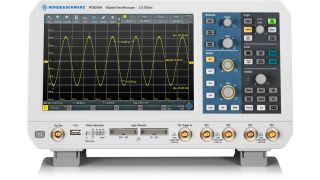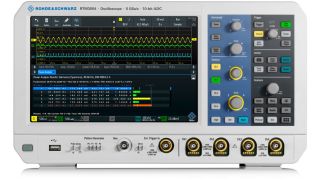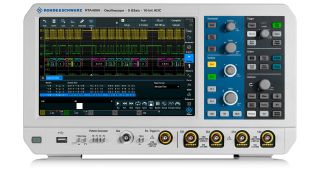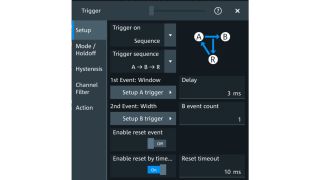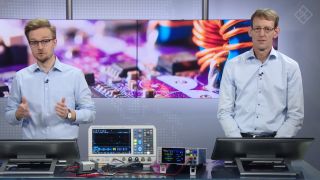Control loop analysis for power supplies
The fundamental requirement of the power supply for an electronic device is to maintain a constant output level, despite the load from the device changing. To monitor the output level, the power supply requires near instantaneous feedback of the level, provided by a closed control loop. The power supply shall respond quickly to changes in load, without excessive ringing (oscillating between overshot and undershoot). The quality of the feedback plays a critical role in the performance of the power supply.
Switch mode power supplies (SMPS) are practically the universal choice of power supply design, being small, light, efficient, inexpensive, and suitable for a wide range of input voltage ranges. To investigate whether a switched-mode power supply is operating correctly in varying conditions, measure gain and phase shift in the control loop over a range of frequencies, while inputting a controlled stimulus signal to cause a response in the control loop.
A Bode plot is the tool of choice for power supply control loop analysis, with both the gain in dB and the phase shift in degrees displayed simultaneously. A Bode plot provides information about the performance (speed of regulation) of the loop as the stimulus signal frequency changes, and how close the system is to instability. By comparing the frequency at which the gain crosses the 0dB threshold with the phase, the phase margin shows how much phase margin is left before the system gets into unstable behavior.
An oscilloscop is best suited as measuring instrument, with a Bode plot the most suitable control loop analysis tool for several reasons:
- Frequency range measurements of the control loop response should be made from near DC to a few MHz, for which oscilloscopes are well suited.
- The Bode plot results are simple to analyze. Since the gain and phase shifts are displayed simultaneously as the frequency changes, designers can clearly see if their targets for phase margin at the crossover frequency and gain margin at the –180° phase shift are being met to fulfill performance and stability requirements.
- General purpose bench oscilloscopes offer a level of performance for frequency response measurements that will meet most requirements at a far lower cost than the alternatives. And an oscilloscope can also be used for hundreds of other everyday measurement tasks.






